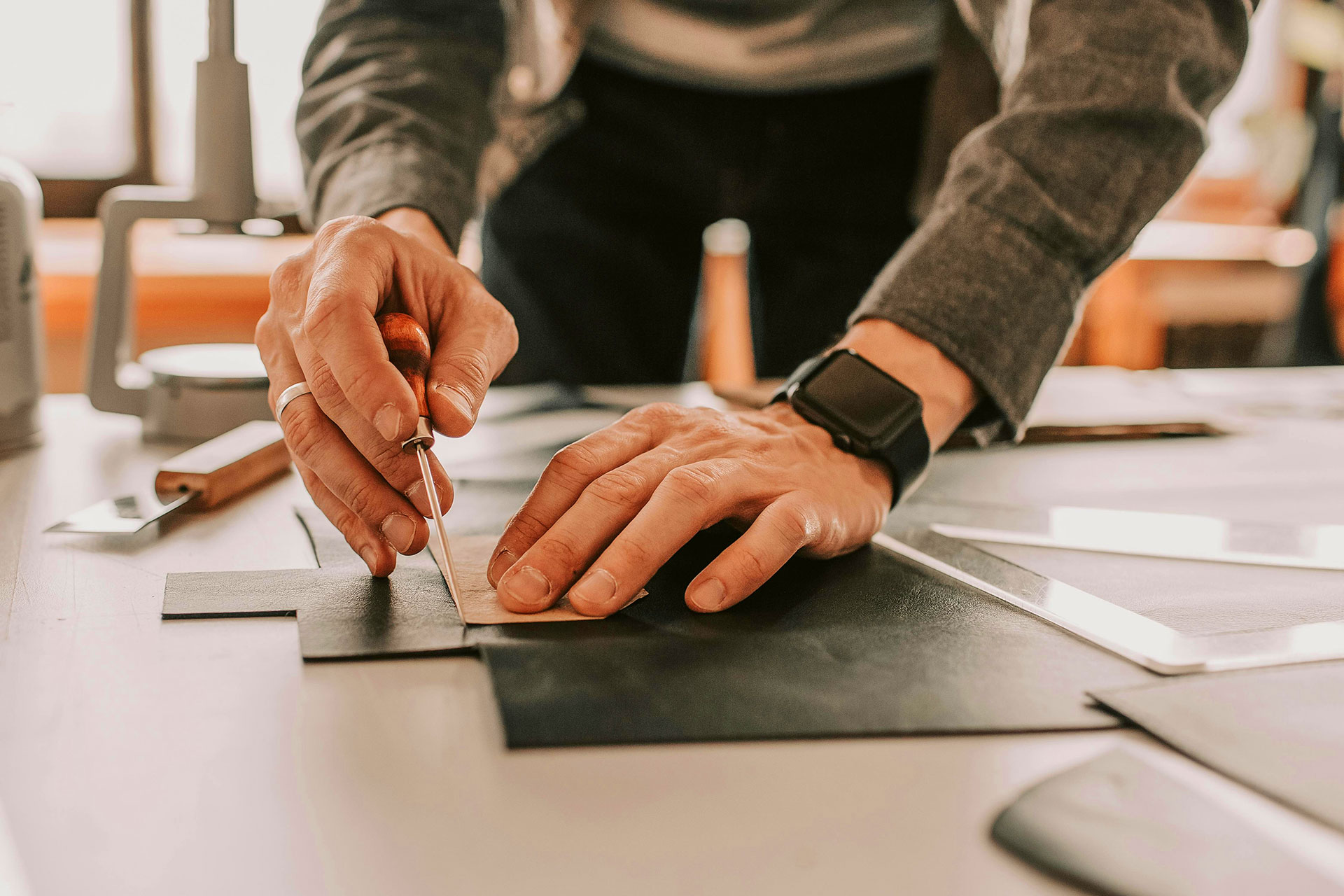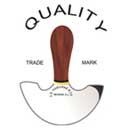
28 Jun Forget Mass Production, Real Craft Demands Real Tools
Mass production gets a lot of praise. It’s fast. It’s efficient. It fills warehouses and storefronts in the blink of an eye.
But real craft? It doesn’t care how fast you can fill a shelf. It cares about how something feels in the hand, how it wears in the world, how it tells a story without saying a word.
And craft like that doesn’t happen with machines alone. It starts and ends with the right tools.
Machines Can Replicate, But They Can’t Create
Mass production is about replication. The same cut, the same stitch, the same finish, over and over again. It’s an assembly line without a pulse.
But craft? Craft is alive. It’s subtle adjustments, quiet decisions, a shift in pressure, an instinctive move to the left instead of the right. Machines don’t do that. People do.
And people, real craftsmen, need tools that respond, tools that aren’t just precise but personal.
Tools That Meet The Maker Halfway
The best tools don’t just obey commands. They listen. They flex. They adapt.
What sets them apart?
- Blades that glide instead of tear
- Punches that pierce clean and true, without bruising the material
- Awls that balance in the hand like they’ve been there for years
- Hammers that land with just the right weight, never too much, never too little
Tools like these don’t get between the maker and the material. They disappear into the motion. They let the hands and the mind do what they do best.
Mass Production Erases Flaws; Craft Refines Them
Mass production cuts out the human element because it’s “messy.” Too slow. Too full of quirks and inconsistencies.
Craft leans into that. It understands that a hand-stitched seam isn’t perfect, but it’s alive. A burnished edge carries not just polish but memory. Tiny variations tell you that someone was here, working this piece, this leather, this canvas, not just pushing buttons from a distance.
Real Tools For Real Work
If you’re serious about craft, you already know: the wrong tool shows up in the final product. Blunt blades leave ragged edges. Cheap punches leave you fighting the material instead of working with it.
Real tools are made the hard way. Forged. Sharpened. Balanced. They don’t just survive the work, they shape it.
Conclusion
It happens one cut at a time. One careful punch. One stitch that was placed just a little slower because the material called for it. Forget mass production. Craft demands attention. Time. Patience.
And the tools that don’t just get the job done, they honor it.


